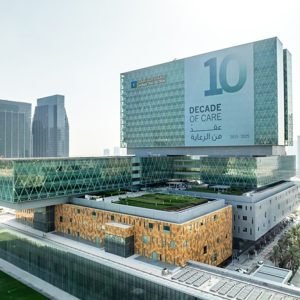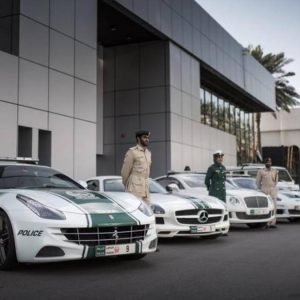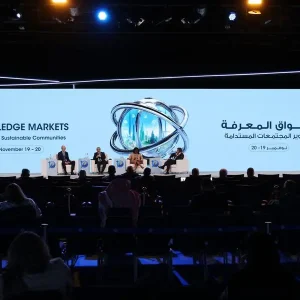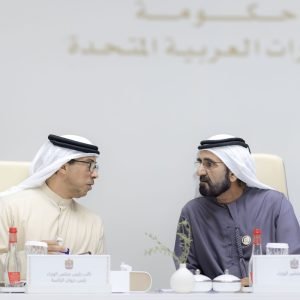The United Arab Emirates (UAE) is stepping into a fresh era of strategic cooperation with China, gaining momentum under China’s signature development strategy, the Belt and Road Initiative (BRI). According to a recent interview with a reporter from China‑Arab TV, the UAE is “deeply aligned” with the BRI and ready to expand ties across trade, investment and infrastructure.
As the UAE takes centre stage as a guest country of honour at this year’s China International Import Expo (CIIE), the spotlight is also turning to how the Gulf state intends to leverage China’s opening‐up policies and market access.
What “deep alignment” means
The reporter’s phrase “deeply aligned” goes beyond mere diplomatic niceties. It reflects several key dynamics:

- The UAE’s role as a gateway between China and the wider Gulf region. Strategic infrastructure, logistics and energy corridors all offer opportunities for both sides.
- A shared interest in boosting trade: with Chinese firms eyeing the as a hub for their Middle East operations, and Emirati companies targeting China’s massive market.
- A confluence of development visions: China’s BRI is about connectivity and infrastructure; the has its own ambitious “next 50” strategy aimed at economic diversification. Some analyses note the two frameworks mesh well.
Why the UAE matters to China’s strategy
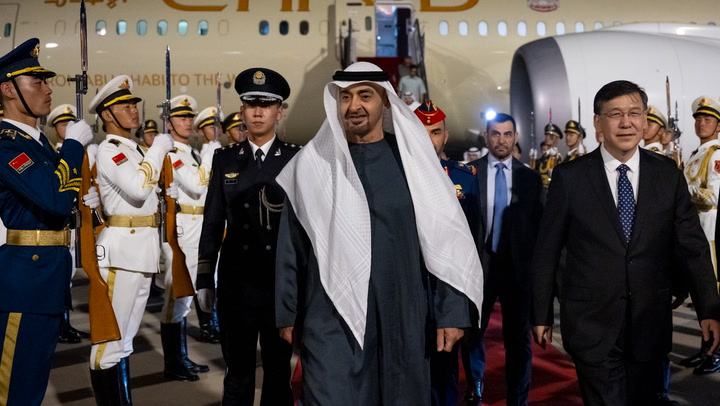
From China’s perspective, the UAE is an important partner for several reasons:
- Geographically, the lies at the nexus of key maritime and overland routes that China seeks to tap through the BRI.
- Politically and economically, is stable, open to foreign investment and has established infrastructure and regional influence qualities that make it a favourable partner for large‑scale international projects.
- For the UAE, alignment with China offers diversified trade, investment and the chance to enhance its status as a regional hub.
What this means in practice
In the context of the CIIE and broader bilateral ties, the “deep alignment” is showing up in a number of real‑world ways:

- UAE firms participating in China’s import expo are signalling interest in tapping Chinese consumer demand and supply chains.
- On the infrastructure front, past cooperation under the BRI framework has already included industrial zones and logistics projects in the Gulf.
- Emerging fields such as high‑tech, green energy, space and smart‑city technologies are also becoming areas where China‑UAE collaboration is expanding.
The broader regional context
This alignment does not happen in isolation. In recent years, China has deepened its ties with multiple Arab states and the UAE in particular both bilaterally and through multilateral mechanisms such as the China–Arab States Cooperation Forum (CASCF).
Moreover, the UAE is also becoming more active in global multilateral initiatives such as BRICS, positioning itself as a key bridge between East and West and South and North.
Why this matters for firms and investors
For businesses and investors watching from the sidelines, this deepening cooperation signals a number of possibilities:
- Increased investment flows: Chinese capital, construction firms and technology providers may find attractive platforms in the UAE.
- Access to Chinese markets: companies may use the bilateral alignment to access Chinese supply chains, consumers and manufacturing bases.
- Strategic diversification: By aligning more closely with China, broadens its international partnerships beyond traditional Western markets—offering resilience and options.
- Emerging technology and green opportunities: As the world moves toward sustainability and smart infrastructure, the China‑UAE axis may offer unique projects involving clean energy, new logistics models and advanced manufacturing.
Key challenges and questions ahead
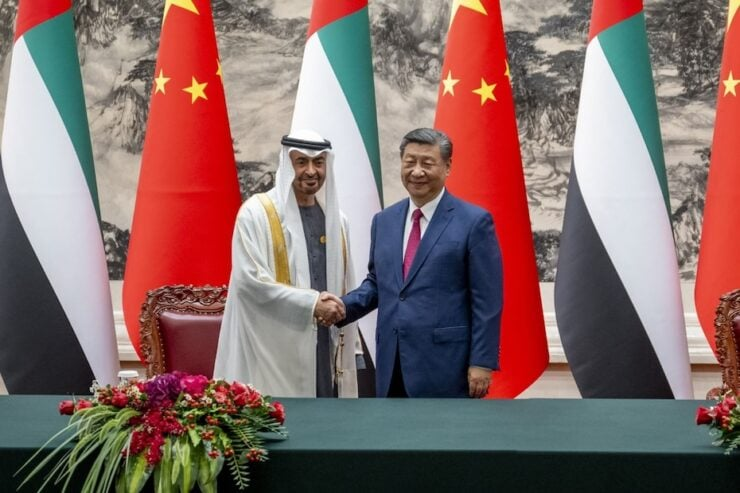
While the tone is optimistic, there are questions worth watching:
- Will the UAE maintain a balanced approach, given its existing relations with Western partners?
- How will regulatory, geopolitical or financial risks influence the pace and scale of projects under the BRI umbrella?
- What governance, transparency and financing structures will underpin future collaboration—especially in non‑traditional sectors?
- How will local priorities (such as diversification, sustainability and domestic job creation) align with large foreign‑driven projects?
Bottom line
The conversation with the China‑Arab TV reporter signals more than just diplomatic goodwill—it points to a strategic shift. The UAE is not just a participant in China’s global development vision; it is positioning itself as a key partner. For readers and stakeholders in trade, infrastructure and international cooperation, this deep alignment between China under the Belt & Road banner is one to watch closely.
Do follow UAE Stories on Instagram
Read More:- UAE: Asia Cup 2025 Revealed: Exciting Cricket Fever to Hit




